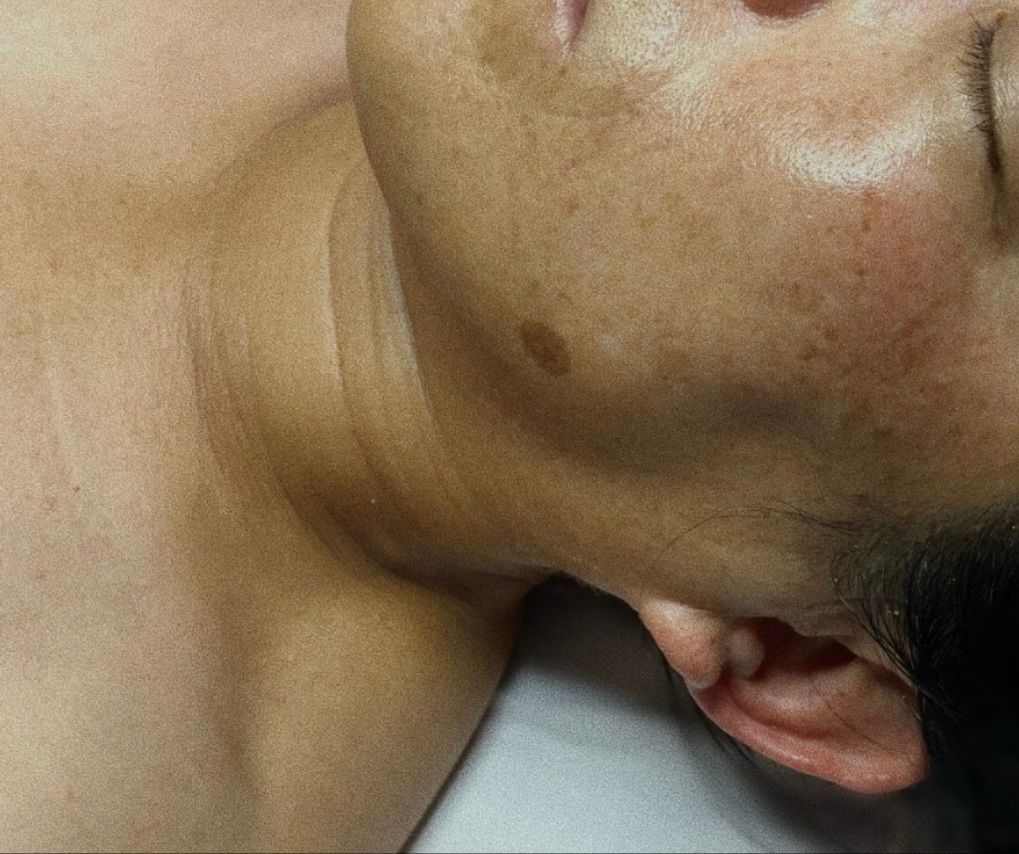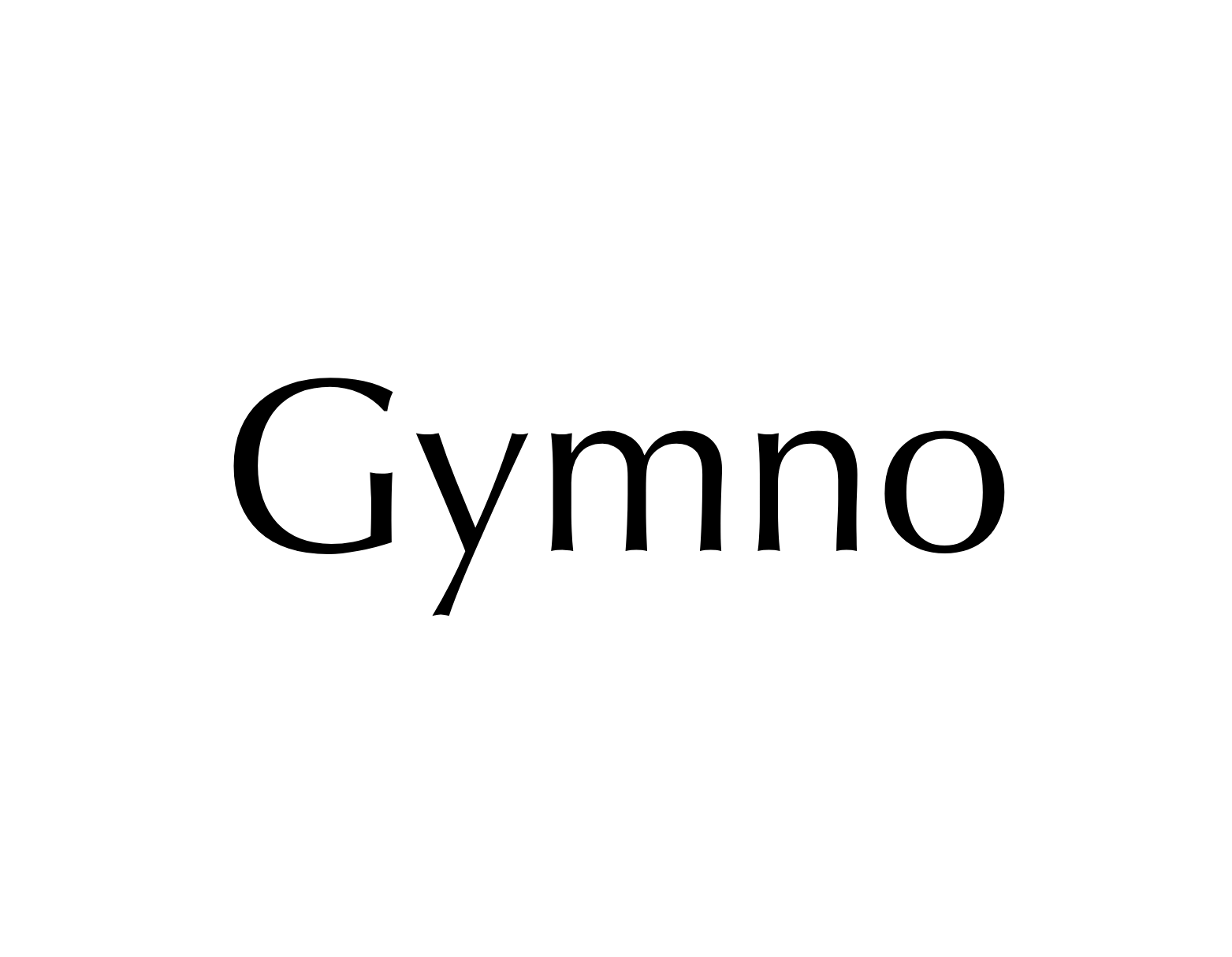Skin Types: How to Determine and Care for Yours
August 11, 2025
How to Determine and Care for Your Skin Type
Every person is born with a unique skin type influenced by genetics and ethnicity. Knowing your skin type is the first step to choosing the right skincare routine and products. Let's break down each skin type so you can identify yours and learn how to care for it effectively.
What Are Skin Types?
Your
skin type
is determined by how much sebum (natural oil that protects us from environmental damage and aging) your skin produces and the size and distribution of your pores. This is mostly genetic, though it can change slightly with age, hormones and lifestyle. The main types are
normal, dry, oily, and combination.
Your skin type can be identified by the size and distribution of your pores:
-
More oil production = larger, more visible pores
- Less oil production = smaller, less visible pores
The goal for every skin type is the same:
maintain a healthy oil-water balance to protect your skin barrier.
Normal Skin: Balanced and Low-Maintenance
Characteristics:
- Even oil-water balance
- Smaller pores
- Few blemishes and minimal sensitivity
How to Tell if you have Normal Skin:
Check your T-zone in natural light- if pores are small to medium and barely visible outside this area, you likely have normal skin.
Normal Skin Care Tips:
- Maintain your current balance with a gentle cleanser, lightweight moisturizer and daily sunscreen.
- Focus on preventative care to keep your skin healthy long-term.
Dry Skin: Lacking Natural Oils
Characteristics:
- Low sebum production
- Fells tight or rough
- Little to no visible pores
- Prone to sensitivity and fine lines
How to Tell if you Have Dry Skin:
If your skin rarely looks shiny and pores are barely visible, it's likely dry.
Dry Skin Care Tips:
- Use a
non-foaming
or
milk cleanser
to avoid stripping moisture.
- Apply a rich cream moisturizer and layer a facial oil to lock in hydration.
- Avoid harsh scrubs and alcohol-based products.
Oily Skin: Overactive Sebum Production
Characteristics:
- Larger, more visible pores across the face.
- Prone to congestion, blackheads, and breakouts.
- Skin often looks shiny but tends to age more slowly due to natural lubrication.
How to Tell if you Have Oily Skin:
If your face becomes shiny within a few hours of cleansing and pores are noticeable all over, your skin is oily.
Oily Skin Care Tips:
- Use a gentle foaming cleanser to remove excess sebum without over-drying.
- Choose products with niacinamide to regulate oil production.
- Use salicylic acid to exfoliate and unclog pores to prevent breakouts.
- Avoid over-cleansing, which can trigger more oil production and weaken your barrier.
Combination Skin: The Most Common Type
Characteristics:
- Oily, medium to large pores in the T-zone.
- Normal to dry cheeks with little to no visible pores
How to Tell if you Have Combination Skin:
If your forehead, nose, and chin get oily while your cheeks stay normal or dry, you have combination skin.
Combination Skin Care Tips:
- Use a milk cleanser on dry days and a gel or foaming cleanser when you feel oilier.
- Apply lightweight moisturizers when you feel oilier and richer creams on days when you feel dryer.
Final Thoughts: Why Knowing your Skin Type Matters
Your skin type is unique, and what works for someone else might not work for you. By understanding your skin's natural tendencies, you can choose the right products, avoid irritation, and protect your
skin barrier
for healthy, glowing skin. If you are still unsure of your skin type, find a skincare professional to help analyze your skin and create a customized skincare plan for you. Visit us at Gymno, a skin care studio in
NYC
offering personalized
facials .
Remember: The key to healthy, glowing skin is a
balanced skin barrier

We're approaching "peel season" -- the cooler months of fall and winter, when conditions are optimal for chemical peels. With less intense sun exposure and drier weather, it's the perfect time to rejuvenate your skin. Let's break down what chemical peels are, their benefits, and why now is the best season for them. What Are Chemical Peels? Chemical peels are professional treatments that use acidic solutions to exfoliate the skin and remove excess buildup of dead skin cells from its surface layers. Peels come in varying strengths: Light peels -- Work on the epidermis (outer layer) and are commonly performed in spas and skin clinics. Medium and deep peels -- Penetrate deeper into the skin, up to the dermis and are typically done in dermatologist offices, medical spas, or advanced skin clinics. Regardless of strength, chemical peels resurface dead skin cells and support the skin's natural cell renewal factor (CRF), helping to maintain long-term skin health. Benefits of Chemical Peels When performed by a professional and paired with a good at-home skincare regimen, chemical peels deliver powerful results, including: More even skin tone Smoother texture and softened fine lines and wrinkles Enhanced product absorption Reduced acne, clogged pores, and hyperpigmentation Improved hydration and cell renewal Boosted collagen production Brighter, more radiant skin Who Should Get a Chemical Peel? Chemical peels are a great option for anyone seeking smoother, more luminous skin. However, a professional skin analysis is essential before treatment. Ideal candidates should also have: A healthy skin barrier Consistent daily sunscreen use Contraindications to keep in mind: Recent surgeries, laser resurfacing chemical peels or dermabrasion Recent Botox or filler injections Active use of retinoids (must stop 3-7 days before a peel) Certain ingredient allergies Pregnancy (avoid salicylic acid and retinol, consult a physician) Herpes simplex (risk of triggering a flare-up) Strong hyperpigmentation tendencies with deeper peels Inflamed skin, sunburn, open sores, or active irritation Why Fall and Winter Are the Best Seasons for Peels Cooler months are ideal for chemical peels because your skin is less exposed to direct sun and heat, reducing the risk of post-treatment hyperpigmentation. Additional seasonal benefits include: Repairing summer sun damage Removing dry, dead skin caused by colder temperatures Allowing your skin to heal and rejuvenate with less environmental stress Conclusion Chemical peels are a safe and effective way to refresh your skin, boost radiance, and address common concerns like fine lines, acne, and uneven complexion. Fall and winter provide the perfect window for these treatments, allowing you to maximize results while minimizing risks. At Gymno , we offer customized chemical peels tailored to your skin type and goals. We ensure your skin is properly assessed and prepped, so you achieve the healthiest, most radiant results possible. Ready to glow this peel season? Book a facial with us today and let's create a personalized treatment plan for your best skin yet.

Hyperpigmentation is the result of an overproduction of melanin in the skin. While melanin is essential for protecting us from UV damage and giving our skin, hair and eyes their color, excessive or uneven production can lead to dark patches and spots. The most common types people seek treatment for include post-inflammatory hyperpigmentation (PIH), solar lentigo, and melasma. It can be triggered by multiple factors such as sun exposure, hormonal changes, inflammation, certain illnesses, or even medication. Let's break it down further. What is hyperpigmentation? Hyperpigmentation occurs when melanin is produced in excess and distributed unevenly across the skin. This often results in darker spots or patches. While sun exposure is one of the biggest triggers-- prompting the skin to release melanin as a protective response-- internal factors such as hormones or inflammation can also play a role. This condition is more prevalent in darker skin tones across all ethnicities, including Asian, Black, Hispanic, and Middle Eastern individuals. Types of Hyperpigmentation 1. Post Inflammatory Hyperpigmentation (PIH) PIH develops in areas where the skin has been injured or inflamed - commonly after acne, cuts, or scrapes. The immune system respond by producing excess melanin. How to reduce PIH: Prevent acne and minimize injuries when possible. Keep pores clear by double cleansing daily and exfoliating weekly. 2. Solar Lentigo ("Liver Spots") Solar lentigo appear as darkened patches on areas frequently exposed to the sun. UV radiation stimulates melanocytes (melanin-producing cells), which can create an uneven distribution of pigment. If melanin is evenly spread, the skin tans. However,when produced in excess, stubborn dark spots form. These sun-induced spots are notoriously difficult to treat, which makes prevention through sun protection especially important. 3. Melasma ("Pregnancy Mask") Melasma is strongly linked to hormonal changes, pregnancy, or birth control. It commonly appears as brown or gray-brown patches across the cheeks, forehead, or upper lip. Because it often resembles a mask, it is referred to as the "pregnancy mask". How to Treat Hyperpigmentation While treatment methods vary, the foundation of every plan is prevention and consistency. 1.Daily Sun Protection Broad-spectrum sunscreen should be applied every single day. Even minimal sun exposure can stimulate melanin production, especially for those prone to hyperpigmentation. 2. Exfoliation Exfoliating helps shed pigmented skin cells ad reveal fresh, evenly toned skin. Retinol: Increases cell turnover, promoting the growth of pigment-free skin cells. AHAs: Help remove dead, pigmented cells from the surface. 3.Tyrosinase Inhibitors These ingredients suppress melanin production at the source by inhibiting the tyrosinase enzyme. Common options include: Hydroquinone (prescription only) Arbutin Kojic Acid Bearberry Extract Niacinamide Glutathione Tranexamic Acid When incorporated into a consistent skincare routine, these ingredients help fade existing discoloration and prevent new spots from forming. 4. Professional Treatments For more stubborn or severe hyperpigmentation, professional procedures performed by dermatologists or licensed skin specialists can deliver faster and more targeted results. Some options include: Chemical Peels: Use acids to exfoliate and lighten pigmentation. Laser Therapy: Targets deeper pigmentation with precision. Liquid Microneedling: Stimulates skin repair and can improve pigmentation when combined with topical serums. IPL (Intense Pulsed Light): Uses light energy to break down pigment and even out skin tone. These treatments should always be performed by a qualified professional to minimize risks and ensure optimal results. Conclusion Hyperpigmentation is a common yet complex skin concern, often influenced by both external and internal factors. While it may not disappear overnight, a combination of prevention, and corrective treatments both at home and in a professional clinic can significantly reduce its appearance. Consistency is key--protecting your skin daily and adopting the right routine can help restore a more even, radiant complexion. Ready to Take the Next Step? Visit us at Gymno to get a customized plan to treat your hyperpigmentation. We offer a variety of treatment options designed to help you achieve the best results for your skin.


